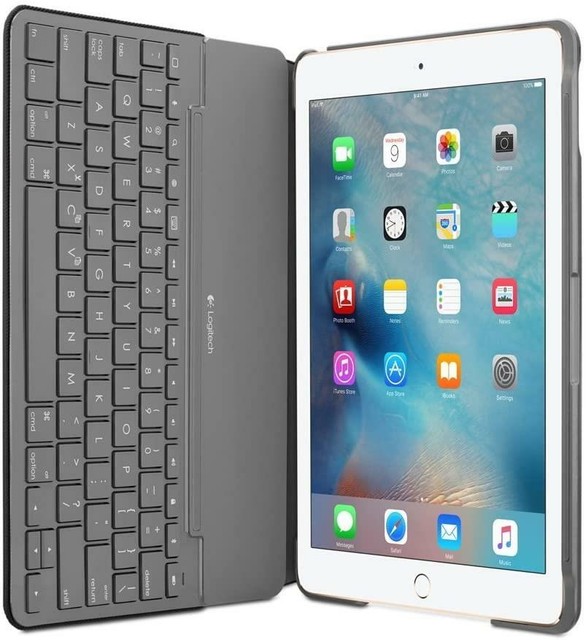
Thankfully, the design allows you to easily snap the tablet out of the case when you need to. The Slim Folio’s keyboard and case don’t separate, though, unlike on some models we’ve liked. The whole package feels nice, especially in comparison with the usual combination of plastic and rubber we see on iPad cases. This cover continues around to the underside of the keyboard and acts as the front of the screen cover. The 10.2- and 10.5-inch models are wrapped in polyurethane, and the 9.7-inch version is covered in a fabric panel stacked on top of the shell. The iPad snaps into a hard-plastic shell with cutouts for all the tablet’s ports and buttons and its rear camera. With the Slim Folio weighing about 2 pounds with an iPad inside, only Apple’s Smart Keyboard is lighter. The Slim Folio case’s design looks nice, if somewhat bulky, but despite its size, it’s quite light. We primarily looked at models that come from known brands with good customer support and offer a good warranty, but we didn’t entirely exclude popular models from less-established companies.

Solid protection: A good keyboard case must protect your iPad well.We prefer (but don’t require) dedicated keys, as opposed to overlays that require you to press the Fn key to access these functions. Dedicated iPadOS keys: We like having iPadOS-specific keys for functions such as Spotlight (search), adjusting brightness, and Home.

The keys should have a decent amount of travel (the distance you press the key to activate it) and should have a good tactile feel. Good keys: The keys shouldn’t be so small or so cramped that you regularly press adjacent keys by accident.The right key layout: The keyboard should use a standard key layout with all the expected keys in all the correct locations.After all, if typing on the keyboard isn’t dramatically better than typing on the iPad’s screen, there’s no point to the extra weight and expense. A good typing experience: The most important part of any iPad keyboard case is the keyboard itself.


 0 kommentar(er)
0 kommentar(er)
